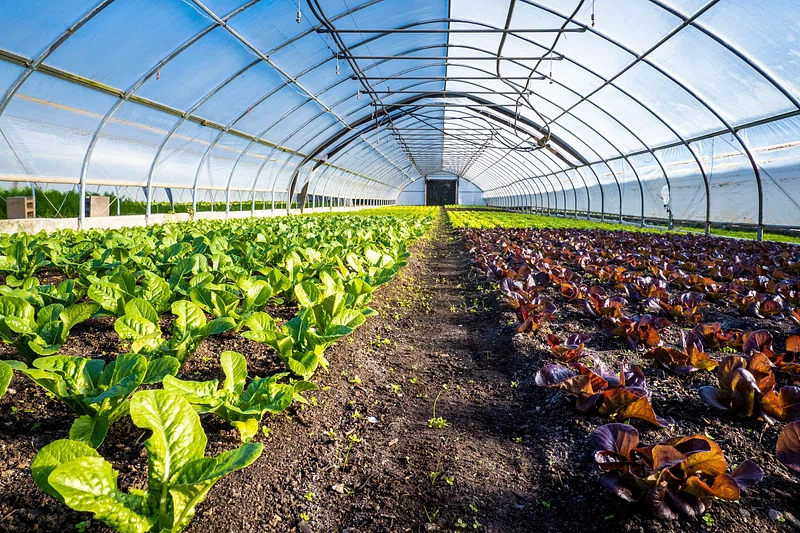The Strategy and Art of Managing Land Sustainably
Sustainable land management is crucial in facing environmental challenges and urban expansion. It involves strategic planning, long-term thinking, and respecting the balance between human development and nature. It involves wise resource use, ecosystem protection, and ensuring land remains productive and resilient for future generations. Land use decisions have lasting impacts on agriculture, forestry, urban planning, and real estate.
Sustainable land management is a comprehensive approach to using and managing land resources to ensure long-term ecological health, economic productivity, and social equity. This approach is essential for maintaining environmental stability and fostering economic growth that does not come at the expense of our natural ecosystems. As Arcata CA real estate experts The Land Man Office can attest, integrating sustainable practices into real estate and land development is increasingly critical today, where environmental preservation and development aspirations are often at odds. The article discusses the growing global demand for environmentally conscious land use decisions, emphasizing the importance of careful planning, innovative thinking, and community involvement in sustainable land management to combat deforestation, soil degradation, and water scarcity.
Understanding Soil Health
Soil health is a crucial aspect of sustainable land management, as it directly impacts agricultural productivity, carbon sequestration, water filtration, and ecosystem balance. Healthy soils support plant growth, recycle nutrients, and store carbon, essential for combating climate change. Techniques like crop rotation, cover cropping, and reduced tillage enhance soil structure, promote biodiversity, and reduce the need for chemical fertilizers. Ensuring soil health can improve food security and economic stability for communities reliant on agriculture. Soil health is essential for sustainable agriculture, rural livelihoods, and urban expansions. Addressing soil health issues today means investing in a resilient agricultural system for the future.
Water Conservation Techniques
Water conservation is crucial for sustainable land management, especially in the worsening droughts and water scarcity caused by climate change. Techniques like drip irrigation and rainwater harvesting optimize water usage, minimizing waste. Developing drought-resistant crop varieties can maintain agricultural productivity while conserving water. Effective water management supports sustainable farming practices and ecosystem services, improving environmental quality and agricultural output. Thus, water conservation is a vital component of sustainable land management.
Balancing Development and Conservation
Balancing land development with conservation is a complex task that requires balancing human needs for housing, infrastructure, and economic activity with the environment’s ecosystem services. Innovative solutions include creating urban green spaces, implementing green building standards, and designing landscapes that support biodiversity and natural processes. Cities that use sustainable urban planning to develop vibrant communities while maintaining ecological integrity demonstrate successful integration of development and conservation efforts. This indicates that achieving development goals without sacrificing environmental values is possible.
Community Involvement and Policy Making
Sustainable land management necessitates active community participation and informed policy-making at various levels. This ensures practices are rooted in local knowledge and context, leading to more effective outcomes. Policies supporting this engagement include incentives, community planning frameworks, and legislation protecting environmental resources. Leaders must adopt forward-thinking strategies and policies that promote innovation, sustainability, and stakeholder collaboration.
Innovative Approaches to Sustainable Land Management
Sustainable land management innovations, like GIS and remote sensing, enhance resource use and precision in agriculture, land use planning, and natural resource management. These tools enable more accurate decision-making, enhancing land-management sustainability. Sustainable construction techniques like green roofs, porous pavements, and energy-efficient buildings also demonstrate the potential for integrating sustainability into the built environment. Continued exploration and implementation of these innovations are crucial for future land sustainability.
Conclusion
Sustainable land management is imperative for ensuring future generations inherit a planet capable of supporting diverse life forms and human societies. As we navigate the complexities of balancing human needs with environmental conservation, adopting sustainable practices in land management becomes paramount. We can make significant strides towards a sustainable future by focusing on soil health, water conservation, biodiversity, and innovative strategies. Let us continue championing these practices and inspiring others to create a more sustainable world.


